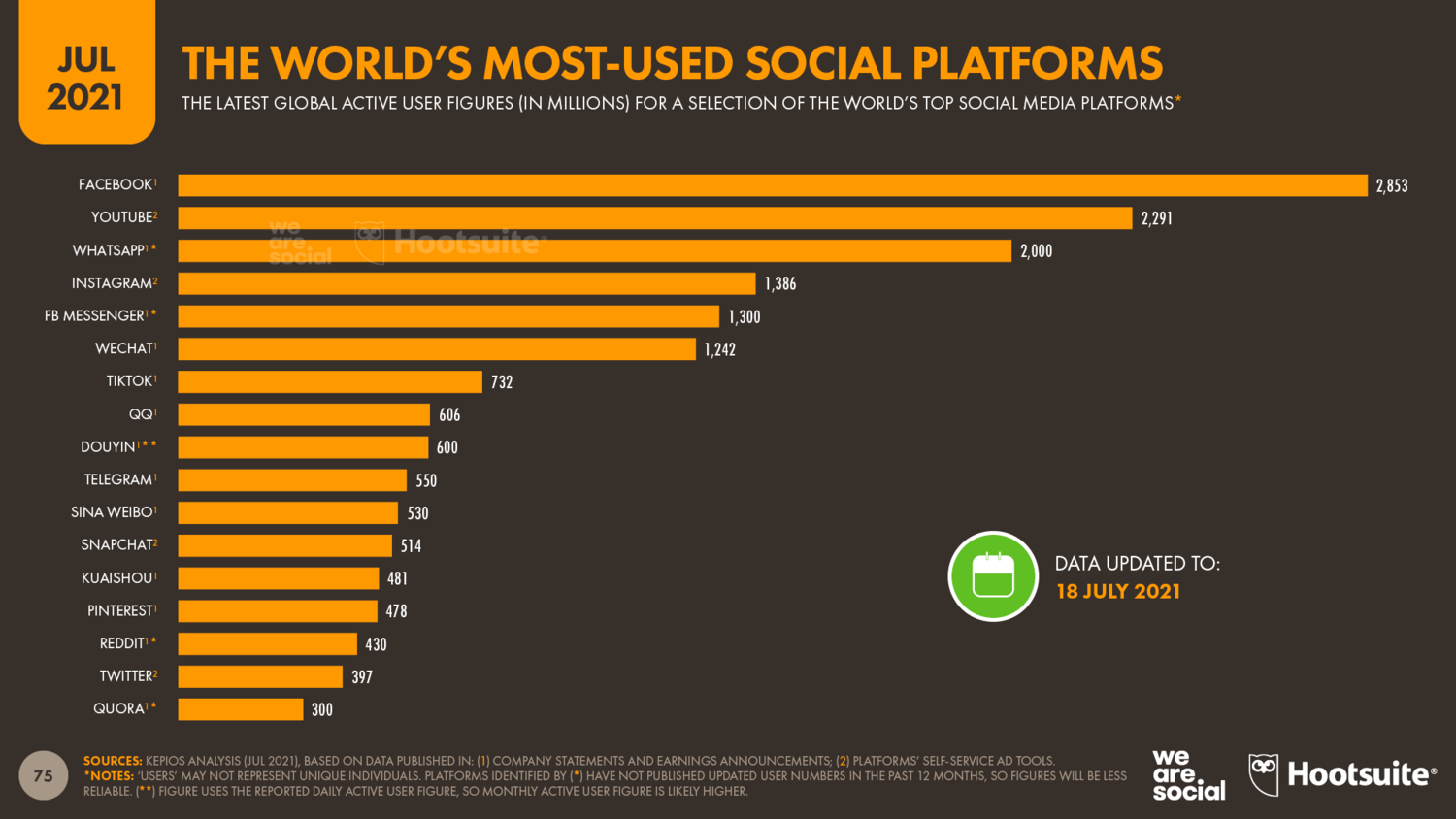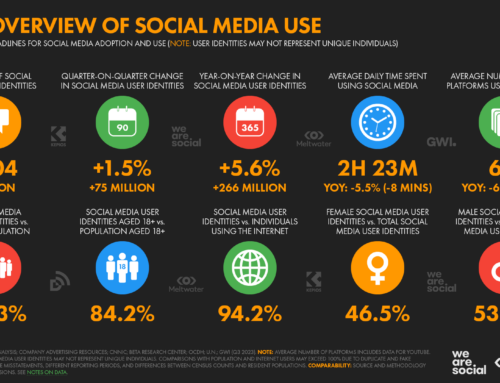When I’ve trained nonprofits on social media over the years, I told them they had to have at least a minimal presence on Facebook. It was always the elephant in the room that you couldn’t ignore.
I’m not saying that anymore.
While Facebook is still indispensable for many nonprofits, including those that have found ways to successfully fundraise there through peer-to-peer fundraising campaigns or newsy or value-laden advocacy campaigns, it’s just not universally true anymore. Like every other aspect of the media landscape, social media is also fragmented. It really does depend on who you are trying to reach and what type of content you have.
For example, if you are trying to reach a primarily professional audience of people who care about your work because of their work, LinkedIn, Twitter, and YouTube may well be better choices than Facebook and Instagram.
However, if you are trying to reach people who are interested in your work as part of their personal lives (thus the more “consumer” mindset), Facebook and Instagram are likely your better bets.
But, of course, it gets even more complicated when you layer in other demographics like age and the type of content you are good at producing.
Take video for example. That’s the one type of content that many nonprofits still struggle with. It’s impossible to be successful on YouTube and TikTok if you don’t have anyone willing to either be on camera or to film others on a consistent schedule.
And it doesn’t stop there. Take WhatsApp for example (also owned by Facebook). Many nonprofits in the U.S. don’t even think about WhatsApp as a social media platform they should consider. But when you look at total users worldwide, WhatsApp is #3 right behind Facebook and YouTube.
While Americans were missing Facebook and Instagram on Monday, much of the rest of the world was missing WhatsApp. Ask your nonprofit friends who work internationally — especially in India and many African and South American countries — they’ll tell you just how key it is to their communications strategy.
So rather than just assuming you “have to” be somewhere these days, I really do encourage you to be both realistic and strategic.
Realistically, how many social media platforms do you have the capacity to manage? Two, three at most? Maybe just one?
Then really think strategically about the people you are trying to reach and the type of content that you are good at producing.
Which one, two, or three social media platforms make the most sense given those answers?
It may or may not be Facebook any longer. Or it may be only certain parts of Facebook (like Groups, for example, or when you have ad money to run a targeted campaign).
You have options. Make the choice that makes sense.







